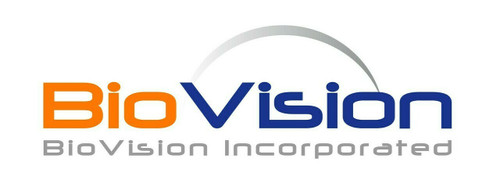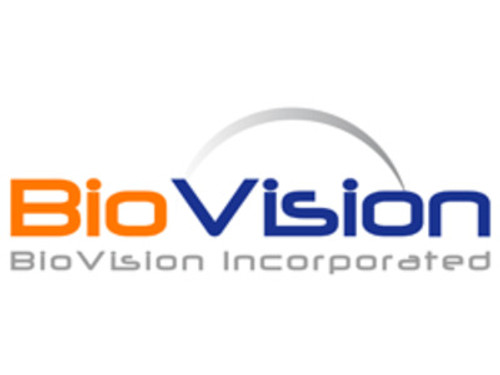Product Description
Endo toxin free Protein A-Agarose beads are prepared by covalently coupling recombinant Protein A to 6% cross-linked Agarose beads under proprietary endotoxin-free conditions. BioVision’s Protein A (Cat. No. 6500, Cat. No. 6500B) is a genetically engineered protein containing five IgG-binding regions of native Protein A. The cell wall binding region, albumin binding region and other non-specific regions have been eliminated from the recombinant Protein A to ensure the maximum specific IgG binding. Protein A-Agarose beads display high chemical & physical stability as well as high flow rate, hydrophilicity & high gel strength. It can be used for IgG purification and immunoprecipitation. Protein A-Agarose beads are prepared by covalently coupling recombinant Protein A to 6% cross-linked Agarose beads. The coupling technique is optimized to give a higher binding capacity for IgG & minimum leaching of recombinant Protein A. The IgG binding capacity of Protein A-Agarose is ≥ 15 mg human or rabbit IgG per ml of settled beads. Our Endotoxin-free Protein A-Agarose also shows ability of reducing/removing certain amount of endotoxin from serum or ascites samples.
Biovision | M1320 | ToxOut™ Endotoxin-Free Protein A Agarose DataSheet
Sort Name: Protein A Agarose (Endotoxin-free)
Label Name: Protein A Agarose (Endotoxin-free)
Taglines: Reusable, Endotoxin free Protein A conjugated Agarose beads with ≥15 mg/ml binding capacity & 0.85 cm/min flow rate for antibody purification from multiple sources
Product Highlights: • CONTENTS- Supplied as a 50% slurry in 20 % Ethanol/H2O -ENDOTOXIN FREE - HIGH BINDING CAPACITY: Binding of IgG ≥15 mg human or rabbit IgG/ml Protein A-Agarose. - MINIMAL LEACHING OF THE LIGAND. - FLOW RATE TESTED*: 0.85 cm/min. *Test condition: Linear flow rate determined in 2 ml column with internal diameter of 1.5 cm. • APPLICATIONS - Purification of monoclonal and polyclonal antibodies from culture media, serum, ascites fluid or hybridoma supernatants. - Isolation of antibody/antigen complexes in immunoprecipitation experiments, since only the Fc region is involved in antibody binding and the Fab region is available for binding antigen.
Packaging: EA
 Euro
Euro
 USD
USD
 British Pound
British Pound
 NULL
NULL








